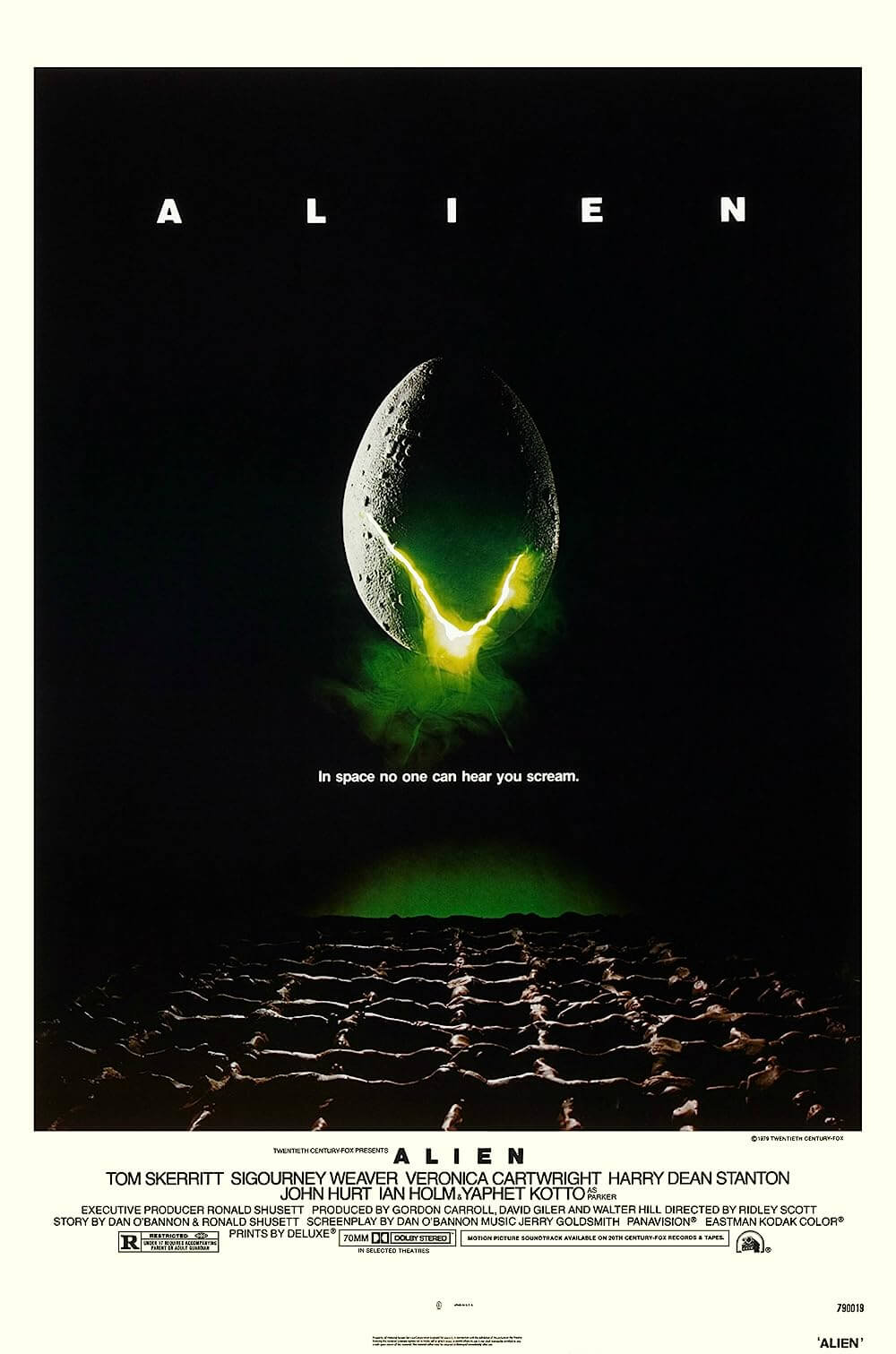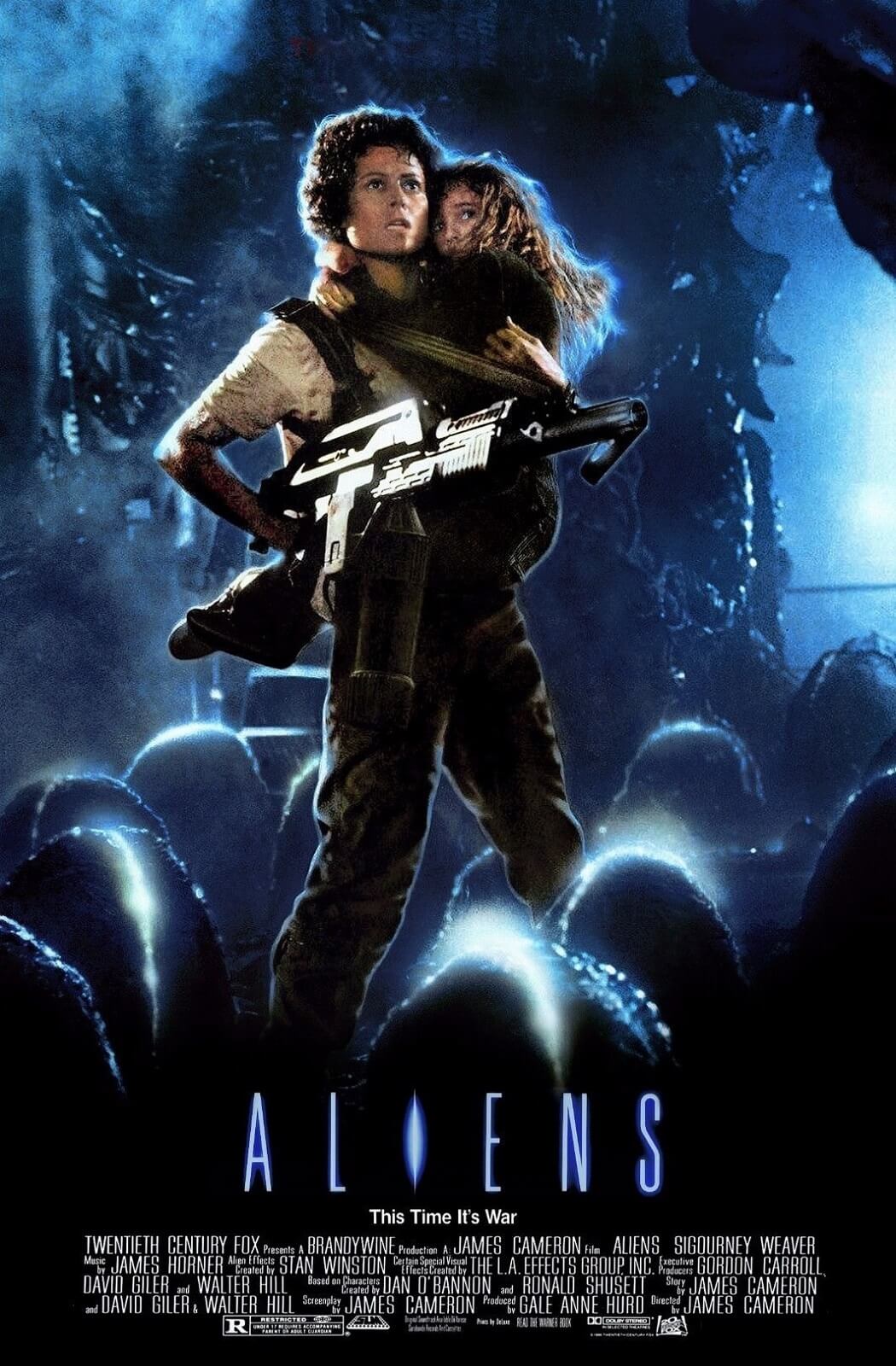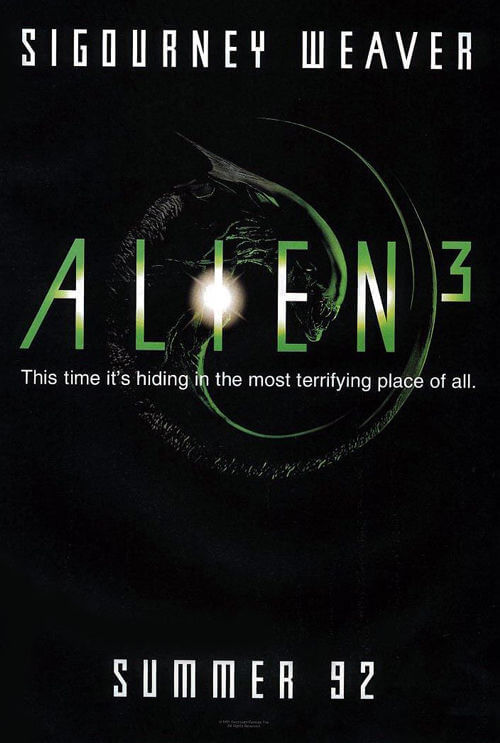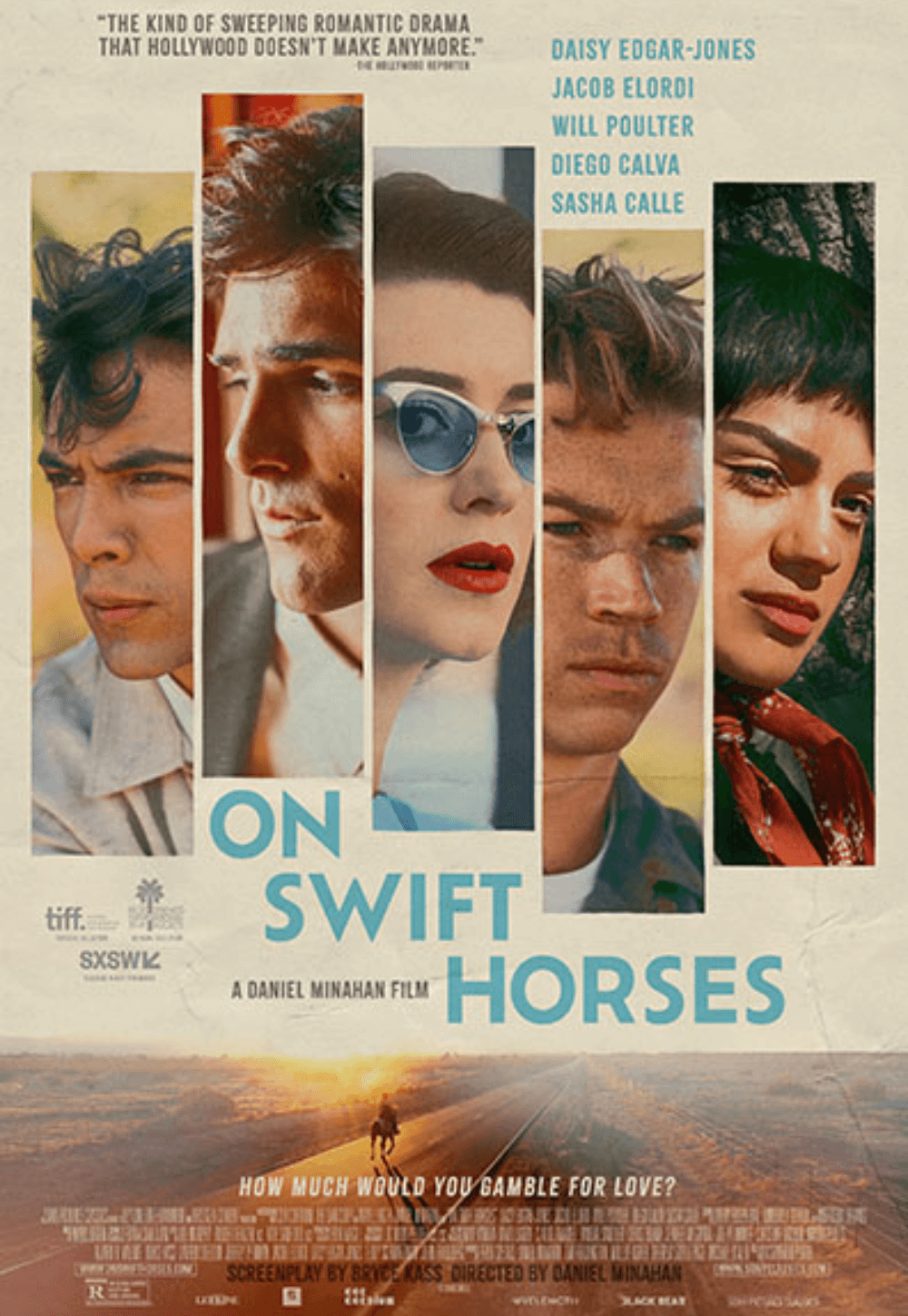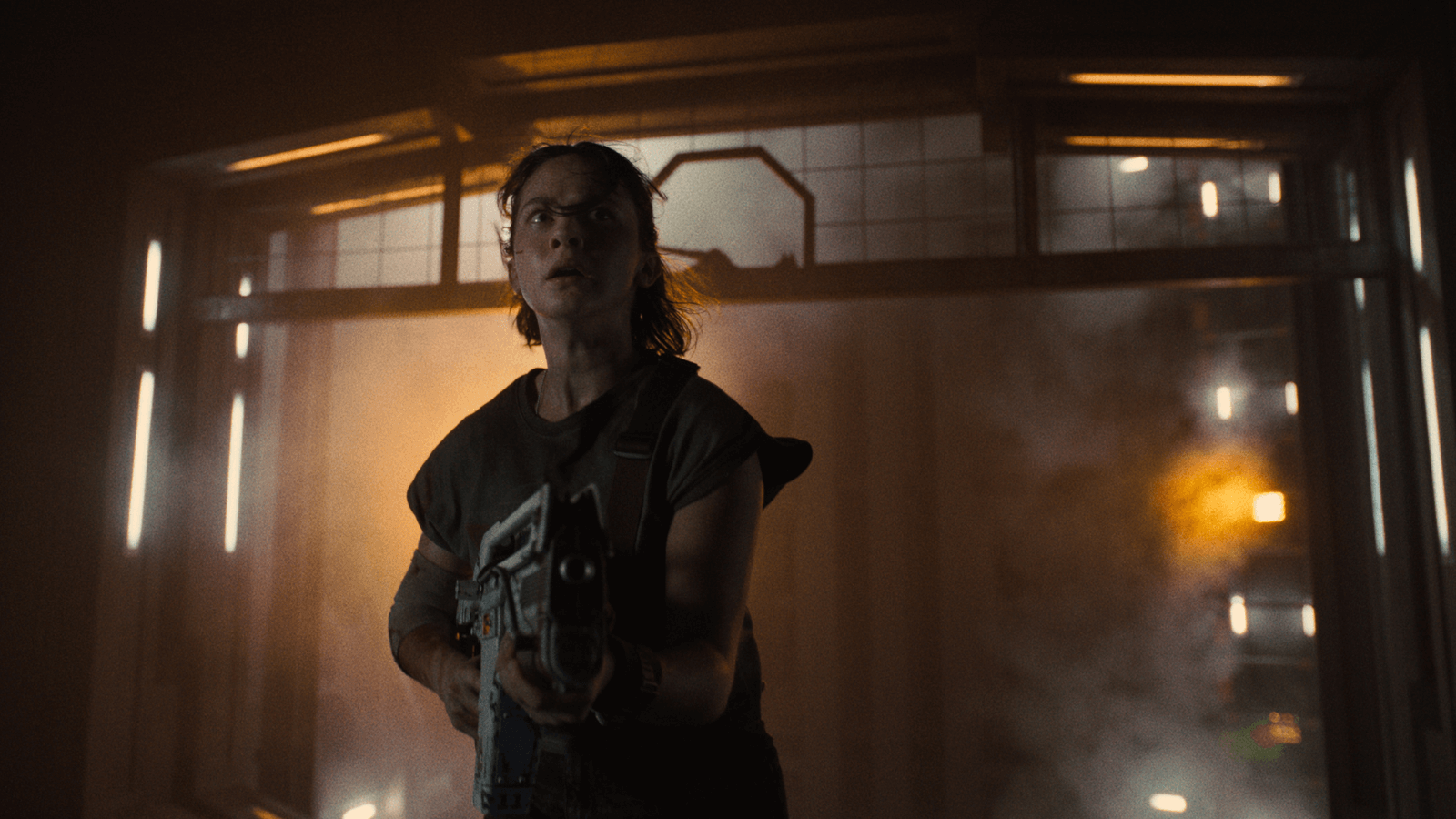
Alien: Romulus
By Brian Eggert |
Note: This review contains spoilers.
Alien: Romulus features a couple of inspired, intense sequences laced with arachnophobic terror. Early in the film, a ragtag crew of blue-collar miners move through a room filled with spider-like facehuggers. They learn that the sightless ovipositors cannot sense them with the heat turned up, so they raise the temperature and move silently through a room teeming with the things, trying desperately not to call attention to themselves. A moment later, the jig is up, and the skittering creatures dart across the floor in a frantic cluster, chasing after our heroes in a breathless race down a hallway that had me writhing in my seat. These moments and several other bravado sequences almost establish this ninth entry as one of the best in the Alien franchise. But director and co-writer Fede Álvarez spoils most of the goodwill one might have for his movie with a series of unsubtle callbacks, ill-advised plot developments, and a general sense that the filmmakers were trying to make a compendium of greatest hits from the series with the latest installment instead of taking the franchise in a new direction. The result is a profoundly frustrating film, given that it has hints of greatness but ultimately disappoints. By the end, Romulus tested my patience with its genetic engineering storyline and overreliance on sampling moments and dialogue from nearly all the Alien films that came before.
For over 30 years, the floundering Alien franchise has struggled to live up to Ridley Scott’s Alien (1979) and James Cameron’s Aliens (1986). The sequels, spinoffs, and offshoots to follow had their charms. Still, none of the subsequent entries have delivered the sort of genre landmarks of the first two—from David Fincher’s visually bold but ultimately disowned Alien 3 (1992) to Jean-Pierre Jeunet’s embarrassingly goofy 1997 sequel, and from the bottomless lows of the Alien vs. Predator movies to Scott’s lustrous but unsatisfying late-career contributions with his Prometheus (2012) and Alien: Covenant (2017) branches. Romulus has been sold as a back-to-basics endeavor, with Álvarez touting his focus on practical effects over CGI and a claustrophobic setting that echoes Scott’s original. But Álvarez has made a career out of rehashing popular franchises to underwhelming effect. See the Evil Dead remake from 2013, his take on the Millennium book series with The Girl in the Spider’s Web (2018), or the Texas Chainsaw Massacre sequel he produced for Netflix in 2022. These empty cash grabs and retconned sequels show a filmmaker who has earned an incredible opportunity to tell stories in some of his most beloved franchises. But in each case, his ham-fistedness as a writer gets in the way of his visual skill.
Penning the Romulus screenplay with his writing partner Rodo Sayagues, Álvarez’s film starts promisingly, nesting the story between the events in Alien and Aliens, but sometime after Prometheus. On a mining planet, Rain (Cailee Spaeny) faces years of indentured servitude to the exploitative Weyland-Yutani Corporation. Along with her so-called brother, the sweet but dim Andy (David Jonsson, from last year’s Rye Lane), a synthetic person who has been reprogrammed with the sole directive to protect her, Rain joins her friend Tyler (Archie Renaux) on a rogue mission to escape bonded labor. They plan to take cryogenic supplies from a decommissioned station in orbit and flee to a free system nine years away. But once their crew of six arrives at the station, they discover a ruined lab with facehuggers inside. The titular station—well, half of it; the station’s other half is called Remus, like the brothers who founded Rome—is a dazzling piece of production design by Naaman Marshall, borrowing no shortage of influence from Alien and Aliens for its practical spaces. It’s a tactile physical environment that feels real and aligned with2 the earlier films. Even the facehuggers appear to be puppets mostly instead of all CGI, lending a familiar sense of tangible and invasive dread over what these creatures will implant in their victims.
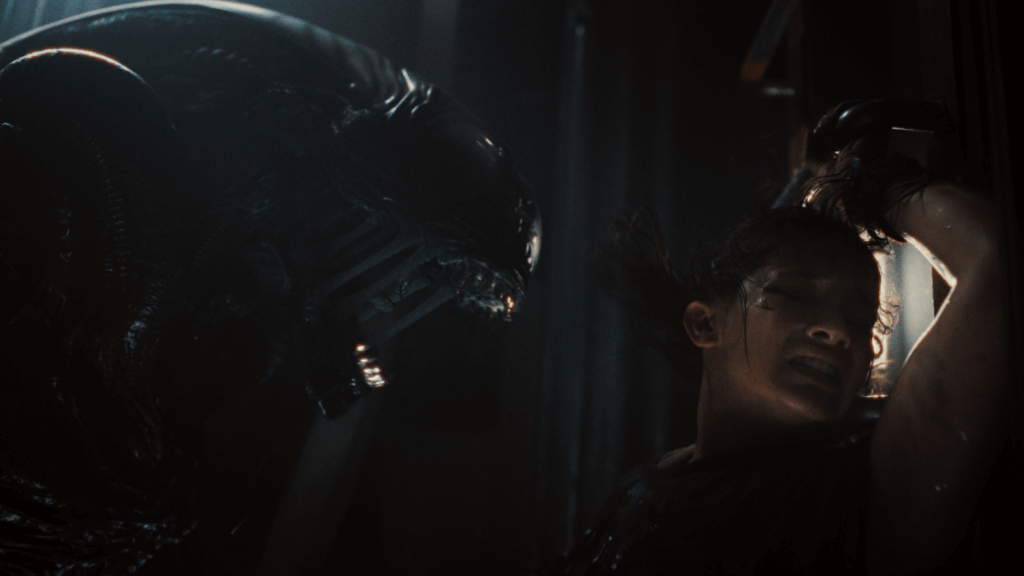 Lately appearing in Priscilla and Civil War, Spaeny is excellent, embodying a character who must navigate between her immediate survival and eventual escape to a better place. At the same time, she feels betrayed when Andy receives a Weyland-Yutani upgrade and makes several coolly logical choices that prove unpopular. Jonsson, too, flawlessly alternates between a dopey, pun-laden version of Andy and his more severe counterpart, showing just a hint of guilt behind his eyes. The other actors have little to do except look young and afraid before adding to the body count. Álvarez has conceived of several dreadful deaths, sparing no blood or gore. Romulus also boasts several neat gizmos, including an aim-assist assault rifle and a tense zero-gravity sequence that finds an answer to the xenomorphs’ acid blood. Both inclusions feel designed to appeal to hardcore gamers, especially those who’ve played the similar Dead Space games. In any case, this is the kind of movie whose visceral nature amplifies the tension. Adding to this, the writers concoct more than one countdown to heighten the anxiety. Our heroes have only hours before the station crashes into the rings around the mining planet, minutes between one of them getting implanted with an embryo and birthing an alien, and seconds before the artificial gravity cycles again. Squirm-inducing thrills propel much of the film.
Lately appearing in Priscilla and Civil War, Spaeny is excellent, embodying a character who must navigate between her immediate survival and eventual escape to a better place. At the same time, she feels betrayed when Andy receives a Weyland-Yutani upgrade and makes several coolly logical choices that prove unpopular. Jonsson, too, flawlessly alternates between a dopey, pun-laden version of Andy and his more severe counterpart, showing just a hint of guilt behind his eyes. The other actors have little to do except look young and afraid before adding to the body count. Álvarez has conceived of several dreadful deaths, sparing no blood or gore. Romulus also boasts several neat gizmos, including an aim-assist assault rifle and a tense zero-gravity sequence that finds an answer to the xenomorphs’ acid blood. Both inclusions feel designed to appeal to hardcore gamers, especially those who’ve played the similar Dead Space games. In any case, this is the kind of movie whose visceral nature amplifies the tension. Adding to this, the writers concoct more than one countdown to heighten the anxiety. Our heroes have only hours before the station crashes into the rings around the mining planet, minutes between one of them getting implanted with an embryo and birthing an alien, and seconds before the artificial gravity cycles again. Squirm-inducing thrills propel much of the film.
The horror elements have piercing physicality. Álvarez and Sayagues understand that part of what makes the xenomorph’s biology so terrifying is the audience’s anxiety over physical violations—oral penetration, unwanted impregnation, and forced motherhood. The original concept behind the xenomorph preyed on these deep-seated and sometimes unconscious fears about the body among both men and women in the audience through invasive imagery created by artist H.R. Giger. Whereas Alien seemed to tap into the Freudian fear of castration more with its largely male cast, Romulus exploits a decidedly relevant fear among women losing control over their bodies in a post-Roe era. Beyond the facehugger serving as a kind of rapist monster that implants its seed inside its host, the film is armed with two horrific birthing scenes: One features an adult xenomorph emerging from a distinctly vaginal cocoon that brought Men (2022) to mind; the other involves a woman giving an (un)natural vaginal birth to a hybrid creature. In a strange development, Romulus is the second 20th Century Studios feature this year to include a nasty birth sequence, after The First Omen.
It’s all presented with incredible skill. The cinematography by Galo Olivares moves with clarity and visual nods to the earlier films. The music by Benjamin Wallfisch is propulsive. When the filmmakers use CGI, it’s sparingly, and it looks good. And while the film’s scares remain sharp reminders that the Alien series hasn’t lost its potential to shock, the film gradually chipped away at my admiration as the narrative turned into more storylines involving DNA experimentation—where this series went off the rails with Alien: Resurrection (1997). Here, signs that Álvarez has headed down the wrong path start with the appearance of a CGI character based on the late Ian Holm’s Ash from Alien. Named Rook, the character—bisected in a manner recalling Bishop, the synthetic person from Aliens—has Holm’s likeness and even says Ash’s distinct lines from the 1979 original (“I can’t lie about your chances, but you have my sympathies.”) The result, straight from the Uncanny Valley, looks wrong somehow, like an unconvincing deep fake. Worse, the digital character doesn’t make just a brief appearance; he’s a villainous fixture, driving the most inane aspects of the plot.
Bent on giving humanity an “upgrade,” Rook is this movie’s version of Michael Fassbender’s David—the android with a god complex from Prometheus and Covenant. Rook even wants to use the primordial ooze from those films to propel his scheme. Inevitably, this leads to Álvarez borrowing an idea from the abortive Resurrection with a silly human-alien thing that forced me to wonder: Isn’t the xenomorph fearsome enough? Facehuggers, chestbursters, and double-jawed drones—what more, besides maybe the queen from Aliens, does anyone need? A lot, apparently. Quite bafflingly, this series has been obsessed with rethinking Giger’s original, elegant, and iconic design, creating variations and genetically engineered aberrations, each more ridiculous and forgettable than the last. But the original concept was chilling enough without clones, gene splicing, or wrong-looking mutations. Its polymorphic life cycle earned its place in the collective nightmares of viewers; however, the various genetic freak offshoots conjure little else besides disappointment, disdain, and unintentional laughter.
The 100-proof horror Álvarez delivers in the first half of Romulus demonstrates that the series is frightening enough without clunky mutations, and whenever they appear in the series, it’s a creative low. But after the film’s inspired beginning, Álvarez gradually reveals that what he’s made is little more than a piece of fan fiction—complete with repurposed classic lines such as, “Get away from her, you bitch!” Some will cheer with recognition at this; I groaned. The sheer number of Easter eggs, references, and parallels to the earlier films are cheap and pandering. Maybe I’m being too precious about the originals, but sequels, retconned like this one or otherwise, take the laziest possible approach by constantly reminding viewers of what they loved about the preceding movies. Had Romulus maintained its simple escape narrative established early on, this may have been a ride worth taking. It’s unquestionably a well-assembled production made by a skilled filmmaker. But Álvarez’s fandom is greater than his storytelling is strong, leaving Romulus an admirably made but unsatisfying experience.
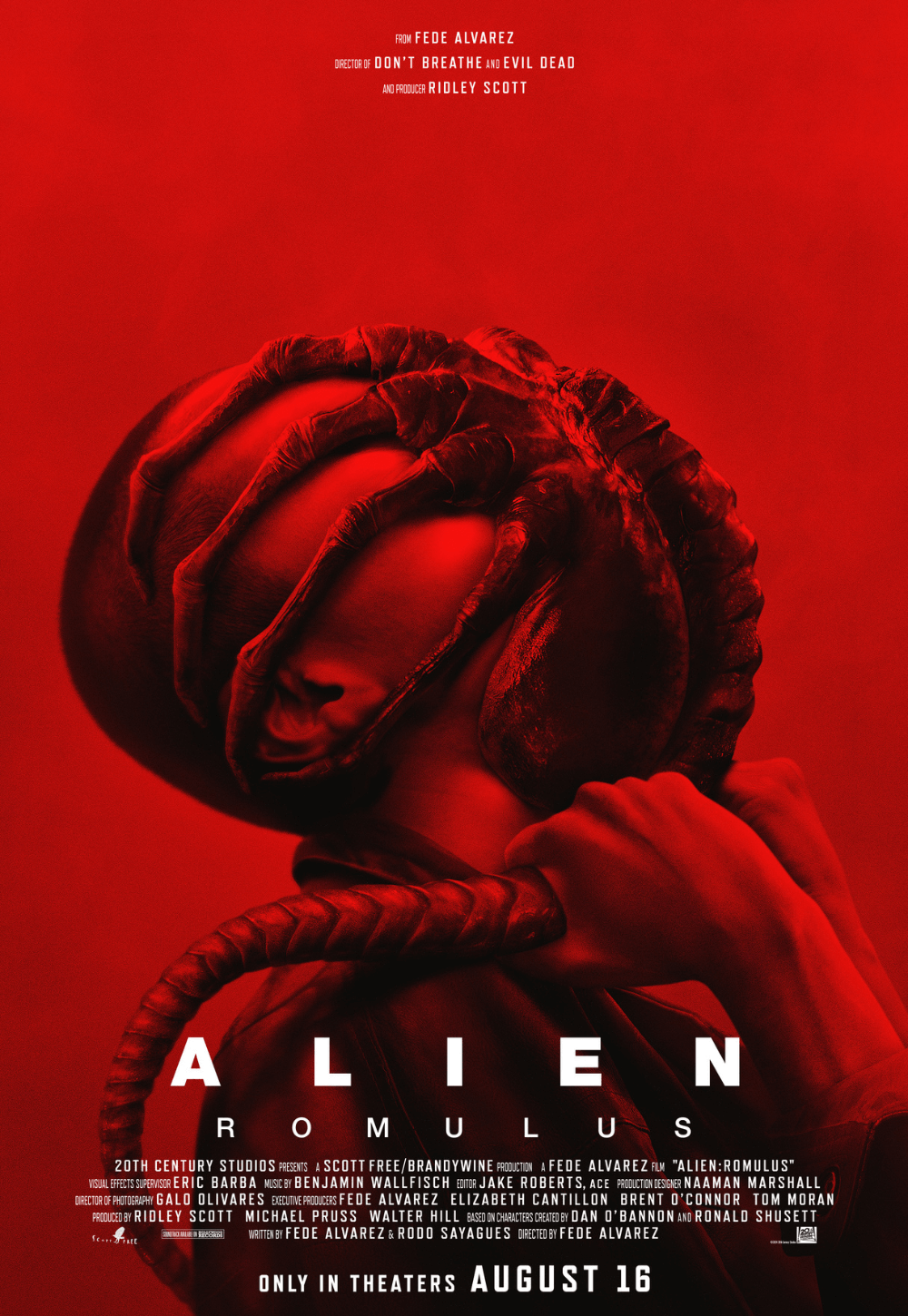
Consider Supporting Deep Focus Review
I hope you’re enjoying the independent film criticism on Deep Focus Review. Whether you’re a regular reader or just occasionally stop by, please consider supporting Deep Focus Review on Patreon or making a donation. Since 2007, my critical analysis and in-depth reviews have been free from outside influence. Becoming a Patron gives you access to exclusive reviews and essays before anyone else, and you’ll also be a member of a vibrant community of movie lovers. Plus, your contributions help me maintain the site, access research materials, and ensure Deep Focus Review keeps going strong.
If you enjoy my work, please consider joining me on Patreon or showing your support in other ways.
Thank you for your readership!
Brian Eggert | Critic, Founder
Deep Focus Review


